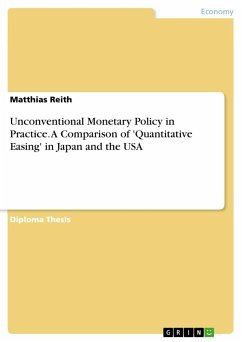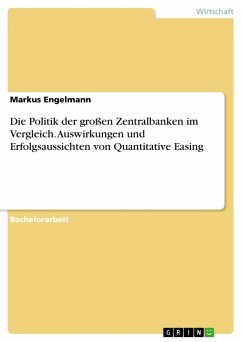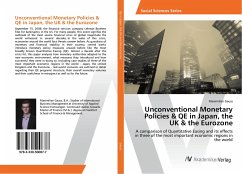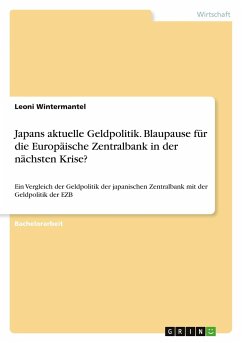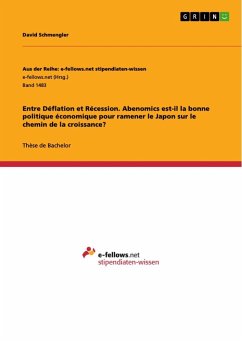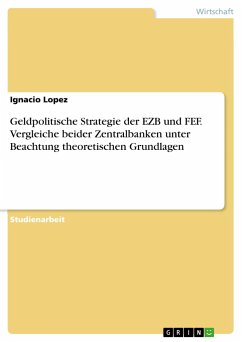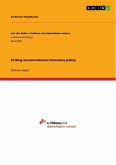Diploma Thesis from the year 2009 in the subject Economics - Finance, grade: 1, University of Vienna, language: English, abstract: In the current economic and financial crisis, many western central banks introduced "unconventional" monetary policy measures, commonly referred to as "Quantitative Easing (QE)". However, the Bank of Japan (BoJ) already applied QE between 2001 and 2006. This lead many commentators to make oversimplifying comparisons between the BoJ's QE approach (2001-2006) and current implementations of QE by other central banks. In particular, this diploma thesis tries to examine the differences between BoJ-type QE and Fedtype QE. It turns out that both approaches differ fundamentally from each other on various grounds: The primary aim of QE in Japan was fighting deflation, whereas the American central bank addresses mostly strains in the banking system. Concerning the concrete measures, one can say that QE by the BoJ consisted to a good deal of active QE in terms of outright purchases of Japanese government securities (JGBs), whereas the Fed currently follows a somewhat broader approach: Since interbank markets are not functioning as desired, it tries to engage with as many market participants as direct as possible. Therefore the Fed has introduced a much broader range of new instruments than its Japanese counterpart did between 2001 and 2006. As a result, the Fed's balance sheet expansion was considerably larger than the one in Japan.
Hinweis: Dieser Artikel kann nur an eine deutsche Lieferadresse ausgeliefert werden.
Hinweis: Dieser Artikel kann nur an eine deutsche Lieferadresse ausgeliefert werden.

